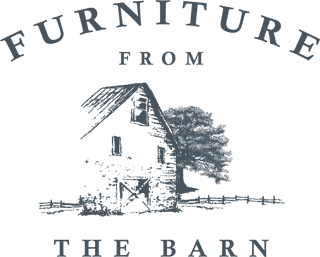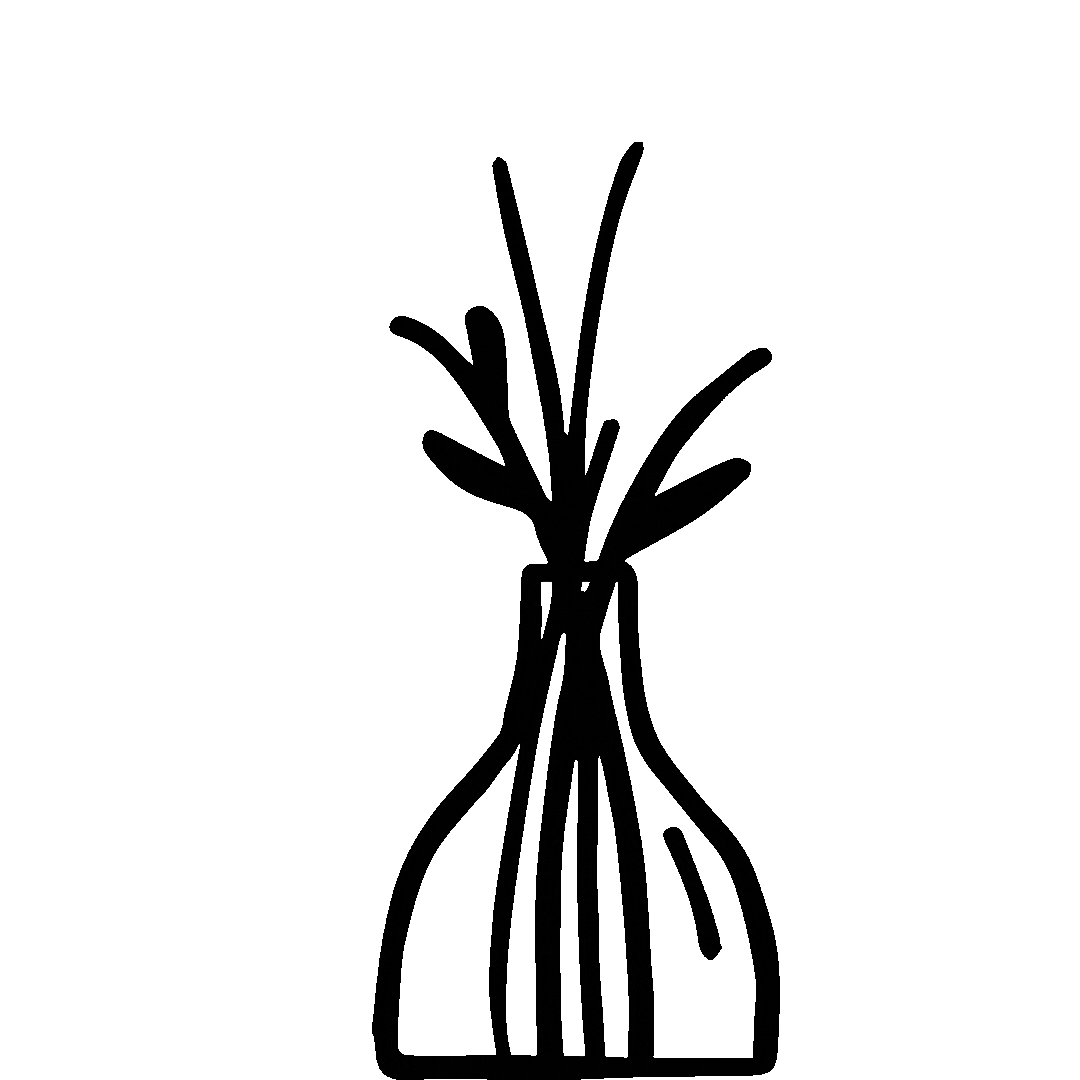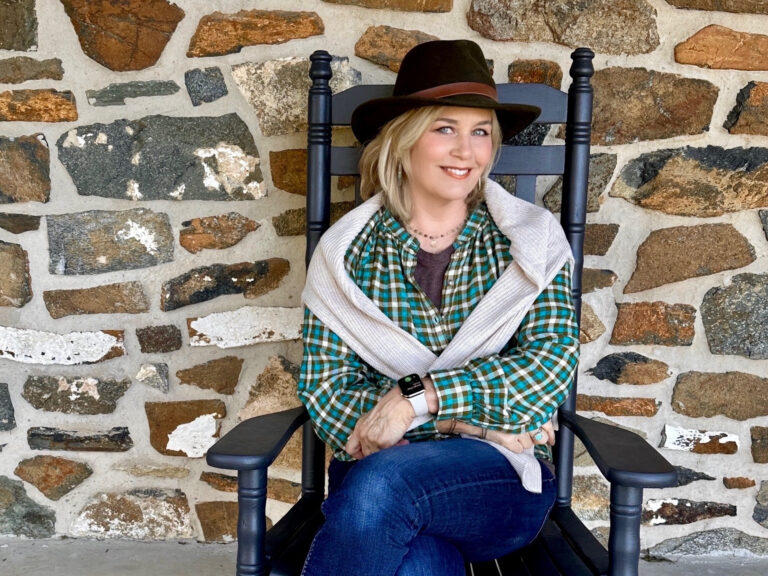Most people remember oak for the golden finishes popular in the 1960s through the early 1980s. Today's oak is different: with superior finishing techniques, it takes stain beautifully and supports a wide range of modern and traditional finishes. Oak is prized for its strength and durability, making it an excellent choice for family dining tables. Its enduring popularity stems from its remarkable versatility, distinctive grain patterns, and ability to withstand daily use for generations - qualities that modern homeowners continue to value in an age of disposable furniture.
When customers visit our Pennsylvania workshop to see our furniture firsthand, they're often surprised by how different today's oak finishes look compared to the golden oak they remember from decades past. Oak remains one of the most commonly used hardwoods in furniture making, but modern finishing techniques have transformed its possibilities.
White oak is slightly harder and better at resisting moisture than Red oak, but both make exceptional furniture choices. The key differences lie in grain patterns, finishing capabilities, and cost—factors that determine which species works best for your specific project.
At-a-Glance Comparison
| Factor | White Oak | Red Oak |
|---|---|---|
| Janka Hardness | ~1,360 lbf (harder) | ~1,290 lbf (slightly softer) |
| Current Market | "Hugely popular right now" - commanding premium prices | More economical - excellent value option |
| Grain Structure | Closed pores with tyloses = superior moisture resistance | Open pores = classic grain pattern, stains evenly |
| Best Finishes | Driftwood, gray, neutral - "delivers beautifully creamy tones with cool undertones" | Warm, medium-to-dark stains showcase grain beautifully |
| Color (Raw) | Light beige with subtle olive undertones | Light brown with pink/warm undertones |
| Design Style | Contemporary, transitional, Scandinavian | Traditional, farmhouse, rustic |
| Our Take | Perfect for light tables trending now | Timeless choice for heritage pieces |
A common misconception we hear at Furniture From The Barn: "If it's called Red Oak, won't it be red?" In reality, raw red oak has subtle warm undertones rather than an overtly red appearance. The final color depends primarily on your choice of stain.
Hardness: Which is stronger?
Hardness: On the Janka scale (ASTM D143 small-clear), white oak ~1,360 lbf and red oak ~1,290 lbf. That ~5% spread is modest; with our catalyzed varnish, both hold up for daily family use.
For furniture, both are exceptionally durable—the difference matters most for high-traffic tabletops where white oak's extra density resists dents slightly better. All our tables are finished with professional-grade catalyzed varnish for maximum durability regardless of wood species, with the exception of reclaimed oak tables which are finished with hand-applied tung oil products like Waterlox or Saicos.
Understanding Oak Grain Patterns
Oak's grain is distinctive and textured, with notable differences between species:
- Red oak: Features long, sweeping arches with occasional loops that settle into thin, parallel lines. The overall effect is a looser, more pronounced grain with visible open pores. Tends to display more swirls and occasional knots, especially in rustic grades.
- White oak: Generally tighter, smoother, and straighter grain with smaller, closed pores, creating a more uniform, refined look. While rustic white oak can exhibit some knots, it maintains a more refined grain structure overall.
Beyond grain patterns, color differentiates these species. While both have light brown tones, red oak is characterized by warmer, pinkish undertones, whereas white oak presents more neutral beige, creamy, or subtle olive hues.


Shop note: Social feeds skew light and "driftwood," so white oak gets most of the attention. But when we're designing warm, lived-in spaces, red oak's grain reads friendlier, especially in medium stains. If you bring floor/cabinet photos, we'll steer you to the species that actually fits your room long-term.
Plain sawn vs. quarter sawn
Plain sawn and quarter sawn refer to how the log is sliced, and each method creates a distinct look in the finished piece.
- Plain sawn: The log is cut with parallel slices straight through. Most tables and furniture are made this way. It highlights oak's prominent grain with long, flowing arches and loops that resolve into thin, nearly parallel lines. This cut maximizes yield and shows classic, lively grain.
- Quarter sawn: The log is first quartered, then each quarter is turned and sliced. This reveals a tighter, straighter grain with distinctive speckled patterns. In white oak specifically, this creates fine, rippled effects with unique markings. Each board is one-of-a-kind with excellent stability, making it ideal for wide tabletops.

Cost & Availability
Cost & Availability: White oak is in high demand for light finishes, so it typically prices higher than red oak in our current quotes. The exact difference varies by grade, board width, and design details; red oak remains the best value for warm, traditional looks.
Which oak is better for light or gray finishes?
White oak is the superior choice for light finishes. Our craftsmen consistently achieve those coveted driftwood tones on white oak, producing "creamy tones with cool undertones and soft gray notes." Red oak's inherent pink undertones often clash with gray stains, while white oak provides a neutral canvas that prevents the unwanted peachy hues sometimes seen with red oak.



Waterborne finish for white oak
In recent years, we've developed a specialized waterborne finish for white oak that delivers an exceptionally natural appearance without the yellowing typical of traditional finishes. This premium option perfectly preserves white oak's natural beauty while providing durable protection. The finish has a matte sheen that perfectly complements the wood's natural beauty, making it ideal for customers seeking an authentic, sophisticated look.


Yes, light or gray finishes are possible with red oak
While white oak is ideal for light finishes, red oak offers a beautiful alternative at a more accessible price point. Don't let budget constraints limit your design vision—we excel at creating stunning light-finished tables with red oak that showcase a pleasing warm undertone, compared to white oak's cooler tones. Many clients are pleasantly surprised by how beautifully red oak takes lighter stains when properly prepared by our experienced finishers.




White wash finish
White wash finishes can be applied to both red and white oak. This specialty treatment features a glaze that highlights the grain pattern with soft gray tones while preserving the wood's natural texture.

Does white oak really resist moisture better?
Moisture resistance: White oak's pores are packed with tyloses, which helps resist liquid uptake (think wine/whiskey barrels). Red oak has open pores, so both species need proper finishing, but white oak starts with an anatomical advantage.
What about reclaimed oak?
Here's an insider observation from our workshop: reclaimed red oak has much tighter grain than today's new red oak. This is because old-growth trees grew more slowly, creating denser wood. If you're considering reclaimed, both species offer exceptional character and sustainability. If you prefer more rustic boards with unique markings, weathering, and history, reclaimed oak might be the perfect choice for your project.

Decision Guide
If you want… a light, creamy look with minimal pink—choose White Oak.
If you want… warm, heritage grain with better value—choose Red Oak.
If you need… the tightest grain + cask-like moisture resistance—choose Quarter-Sawn White Oak.
If you love… character and history—consider Reclaimed (Red or White) Oak.
Quick Selection Guide
Choose White Oak When:
- You want light, neutral, or gray finishes (especially that trending creamy and driftwood look)
- Budget allows for premium materials
- You're designing for contemporary or transitional spaces
- Tighter, smoother grain is preferred
Choose Red Oak When:
- You prefer warm, traditional finishes
- Value is a priority without sacrificing quality
- You're creating farmhouse or classic American furniture
- You want that prominent, character-rich grain pattern

Furniture From The Barn's Expert Process
All our oak furniture—whether red or white—undergoes:
- Kiln-drying to 6-8% moisture content (indoor furniture standard)
- Professional catalyzed varnish finishing (superior to standard polyurethane)
- Custom stain matching to achieve your exact vision
- Choice of new or reclaimed lumber with full transparency on sourcing
Your Next Step
Ready to see red and white oak in person?
Visit our Pennsylvania showroom to experience the beauty of both woods firsthand. Not local? No problem—most of our customers aren't. We'd be happy to email you detailed photos of our red and white oak pieces.
Request stain samples to see how each species takes your preferred finish, or contact us through any product page letting us know what you're looking for.
At Furniture From The Barn, handcrafted American-made furniture isn't just about quality—it's about creating pieces perfectly tailored to your unique style and space. Let us help you bring your vision to life!




